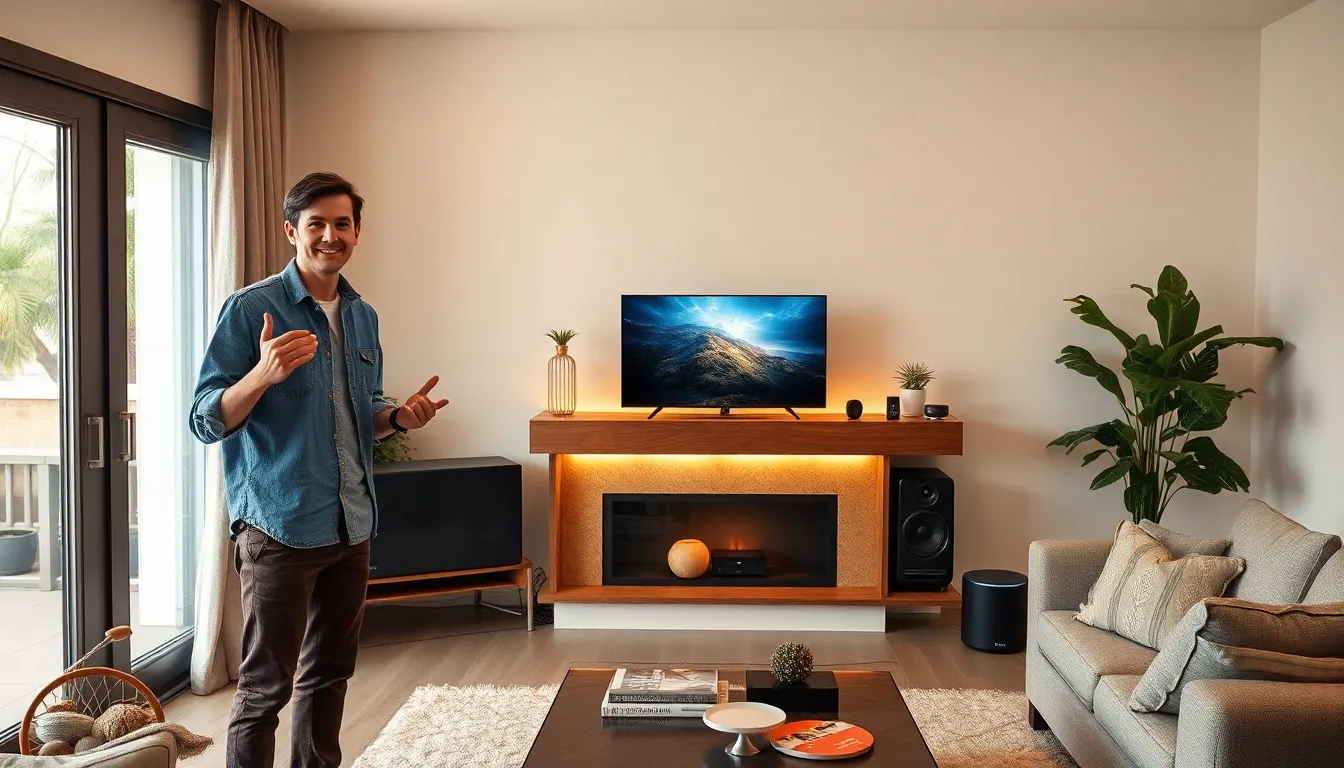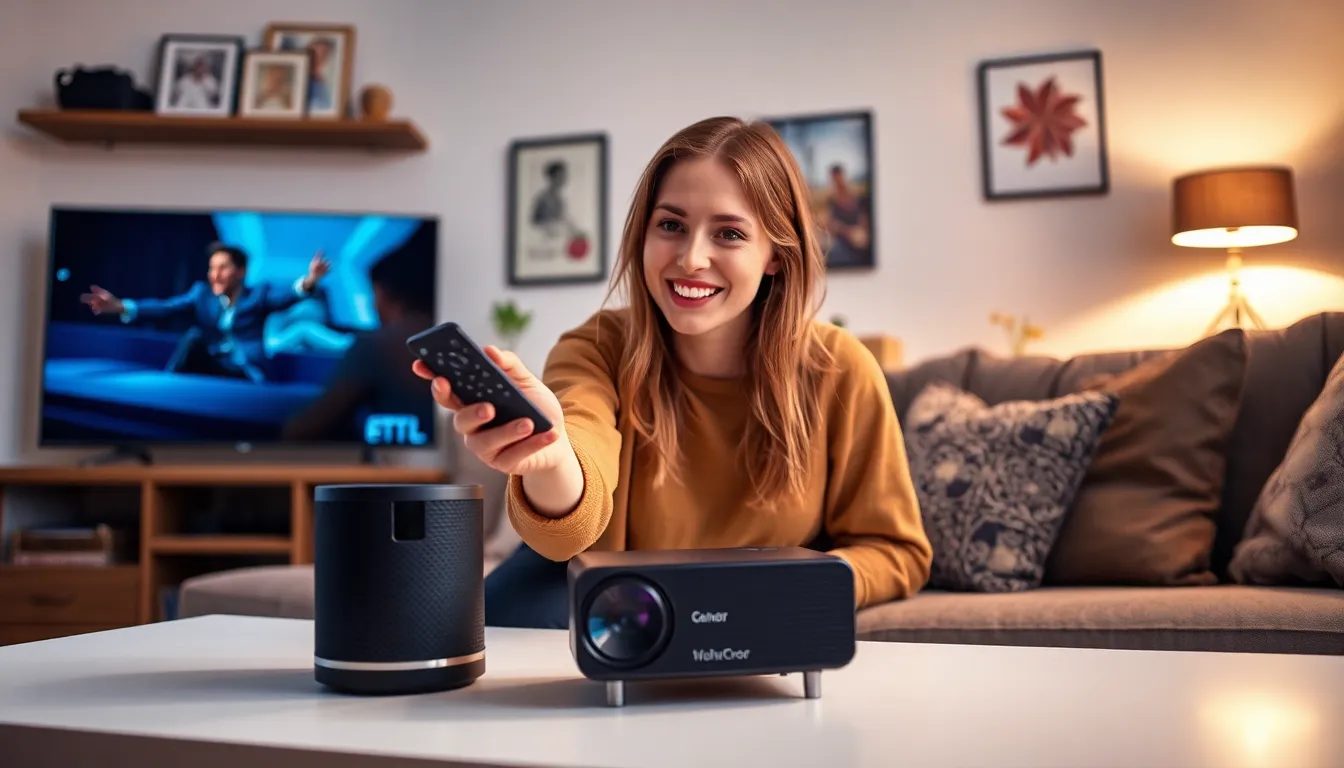In a world where smartphones are practically glued to our hands, it’s hard to imagine life without apps. Whether it’s a desktop application that helps tackle work projects or a mobile app that keeps track of daily steps, they both serve a common purpose: making life easier and a bit more fun. But have you ever stopped to think about what ties these two together?
Table of Contents
ToggleOverview of Application Types
Applications generally fall into two main categories: desktop applications and mobile applications. Desktop applications run on personal computers, utilizing local resources for enhanced performance. Developers design these applications for specific operating systems like Windows or macOS, ensuring compatibility and optimal usability.
Mobile applications, on the other hand, operate on smartphones and tablets. These apps focus on portability and convenience, making tasks accessible on the go. Most mobile applications are available through app stores like Google Play or the Apple App Store, expanding their reach and user base significantly.
Hybrid applications effectively merge characteristics of both desktop and mobile applications. These apps utilize web technologies within a mobile environment, allowing users to access features across device types seamlessly. Such a design promotes flexibility, accommodating diverse user preferences.
Web applications maintain their distinct status, operating through browsers instead of being installed directly on devices. This model facilitates instant access without installation barriers, appealing to users seeking quick solutions. Web applications often require an internet connection for full functionality.
Each application type serves unique needs, catering to various user preferences and contexts. Understanding these distinctions helps in selecting the right application for specific tasks, whether users require robust software for productivity or convenient tools for leisure. Ultimately, awareness of these application types enhances the overall user experience, ensuring effective task completion across devices.
Desktop Applications

Desktop applications play a crucial role in productivity and entertainment on personal computers. These software solutions are designed specifically for operating systems like Windows and macOS.
Features of Desktop Applications
Desktop applications typically offer comprehensive functionality tailored to users’ needs. They provide offline access, allowing individuals to perform tasks without internet connectivity. Enhanced performance often comes with these applications, as they can leverage more computing resources. User interfaces tend to be more complex, accommodating larger screens and more detailed tasks. Integration with hardware devices like printers and scanners adds further utility. Examples include advanced editing tools, which are often more powerful than mobile counterparts.
Popular Desktop Applications
Several desktop applications are widely recognized for their functionality and user satisfaction. Microsoft Office applications, such as Word and Excel, dominate productivity software markets. Adobe Creative Suite, including Photoshop and Illustrator, serves professionals in graphic design and video editing. Web browsers like Google Chrome and Mozilla Firefox enhance internet browsing experiences. Software for communication, such as Slack and Microsoft Teams, facilitates teamwork and collaboration. Overall, these applications continue to meet diverse user demands efficiently.
Mobile Applications
Mobile applications, also known as apps, run on smartphones and tablets, emphasizing convenience. Designed primarily for portability, these applications allow users to access features and tools on the go.
Features of Mobile Applications
Mobile applications come with diverse features. User interfaces are typically streamlined, enhancing usability on smaller screens. Touchscreen compatibility allows for intuitive navigation. Notifications keep users informed in real-time, engaging them with updates or alerts. Many mobile apps leverage device capabilities such as GPS for location-based services and cameras for multimedia functions. Offline access is also available in numerous apps, enabling usage without an internet connection.
Popular Mobile Applications
Numerous mobile applications dominate daily use. Social media platforms like Instagram and Facebook connect users worldwide. Messaging apps such as WhatsApp and Telegram facilitate instant communication. Productivity applications, including Evernote and Trello, help organize tasks and projects effectively. Entertainment apps like Spotify and Netflix provide content on-demand. Each of these applications serves specific user needs, enhancing daily activities and tasks efficiently.
Comparison Between Desktop and Mobile Apps
Desktop and mobile applications differ significantly in user experience and performance. Each type serves unique needs, catering to diverse user preferences.
User Experience
User experience varies greatly between desktop and mobile apps. Desktop apps offer detailed interfaces designed for larger screens, accommodating complex tasks. Mobile apps focus on simplicity, ensuring streamlined navigation for smaller displays. Users enjoy touch interactions on mobile devices, while desktop environments typically leverage mouse and keyboard inputs. Both types aim to enhance user engagement, yet they adapt to different contexts. For instance, functionality that requires extensive data input thrives on desktop applications. In contrast, on-the-go tasks benefit from the convenience of mobile apps. Customer satisfaction hinges on these tailored experiences.
Performance and Accessibility
Performance features set apart desktop and mobile applications. Desktop applications operate with more robust hardware resources, resulting in higher processing capabilities. They often run more complex software without lag, making them ideal for intensive tasks such as video editing or data analysis. Mobile applications maintain efficiency by optimizing performance for limited resources, ensuring smooth operation on various devices. Accessibility plays a key role as well; desktop applications may require specific operating systems or installations, while mobile apps offer on-the-go access. Users can download mobile apps easily from app stores, streamlining the adoption process. Both platforms ensure effective task completion through their unique performance attributes.
Desktop and mobile applications play vital roles in enhancing user experiences across various tasks and activities. Each type of application is designed with specific user needs in mind. While desktop applications excel in handling complex tasks with robust functionality, mobile applications prioritize convenience and accessibility for users on the go.
This diversity in application types ensures that individuals can choose solutions that best fit their lifestyles and preferences. As technology continues to evolve, the integration of features from both desktop and mobile platforms will likely enhance usability and performance even further, making it essential for users to stay informed about the latest developments in application technology.




